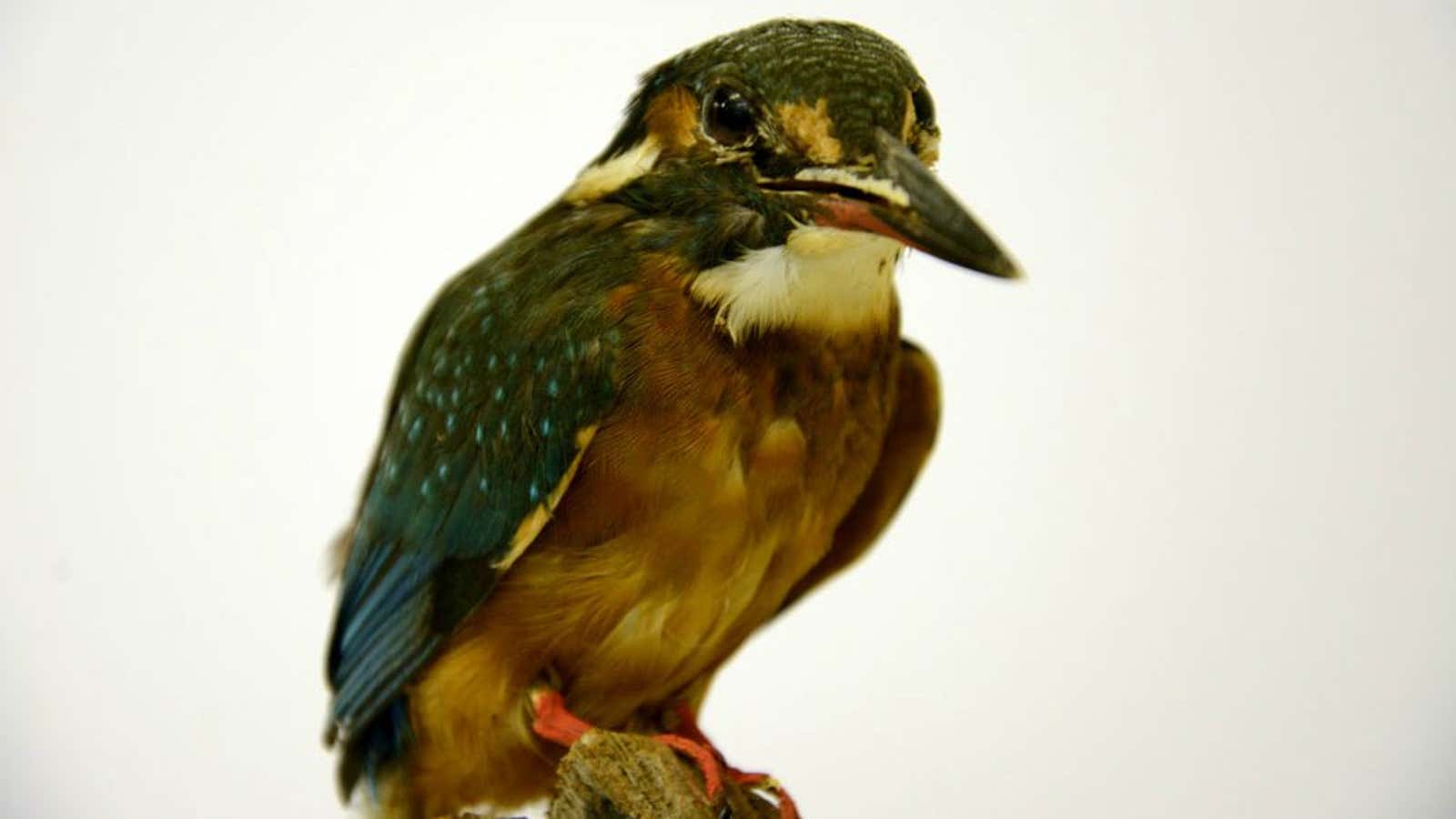For nearly 20 years, Christopher Filardi searched for the elusive Guadalcanal moustached kingfisher. When he finally came face-to-face with a male specimen, which had never been observed by a scientist before, he did what any other researcher might do—he killed it.
A scientist from the American Museum of Natural History, Filardi came upon some of the kingfishers in mid-September on a survey trip to the remote highlands of Solomon Islands’ Guadalcanal. After several attempts, he and his team captured a male with a “fine ‘mist’ net.” Filardi wrote, “One of the most poorly known birds in the world was there, in front of me, like a creature of myth come to life.”
But Filardi’s moment of joy has disturbed some. Upon capturing the bird, his team killed it for collection. Writing in The Huffington Post, former University of Colorado professor of ecology and evolutionary biology Marc Bekoff said that killing animals in the name of research “sets a horrific precedent,” and he condemned the “totally unnecessary killing of this remarkable sentient being.”
Filardi responded in an op-ed for the National Audubon Society that the decision to “euthanize” the bird was a measured and difficult one. His team believes based on conversations with the local community that though the bird is rare to outsiders, it’s “unremarkably common” in the region, with estimates of 4,000 birds in the population. Writes Filardi:
“With a remote range so difficult to access, there has been a perception of rarity because so few outside people or scientists have seen or otherwise recorded the bird. As I wrote from the field, this is a bird that is poorly known and elusive to western science—not rare or in imminent danger of extinction.”
The female moustached kingfisher was first written about in the 1920s, and two more were collected by local hunters in the 1950s.
Image by Hampshire Museums from Flickr, under CC BY-SA 2.0.
